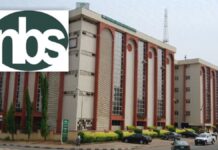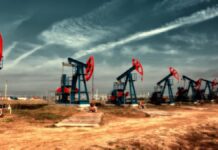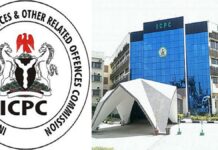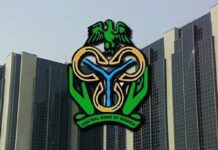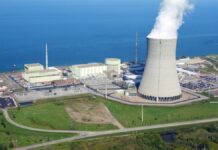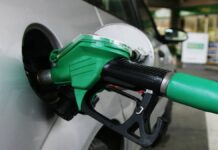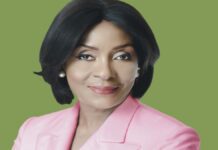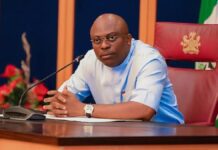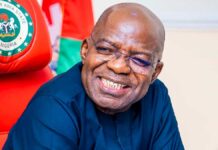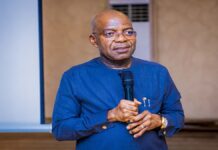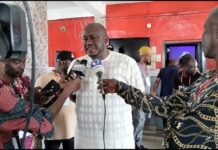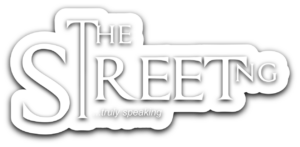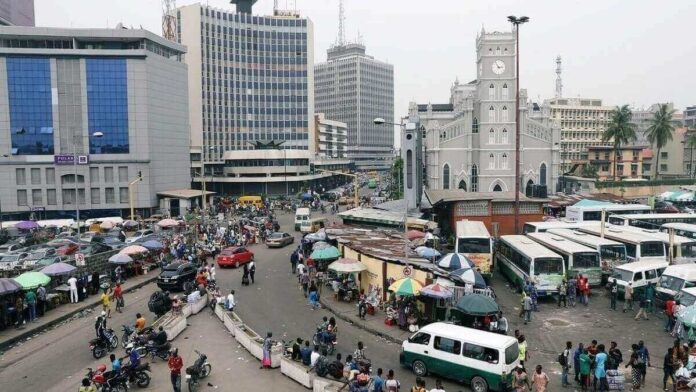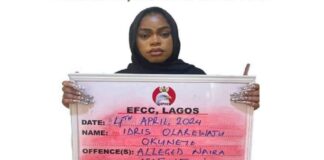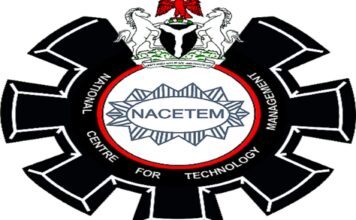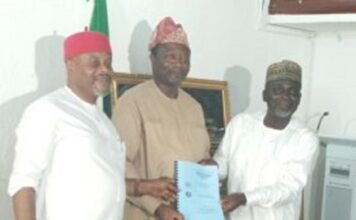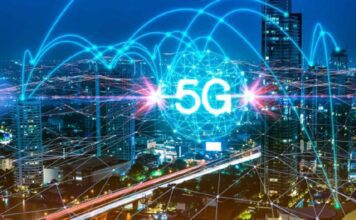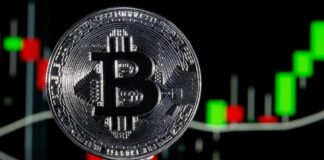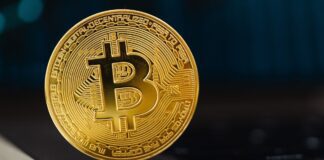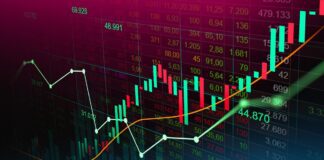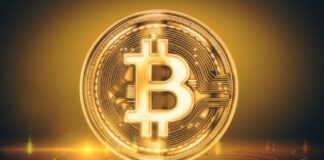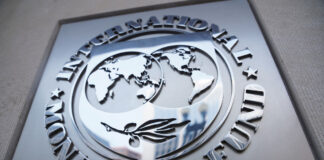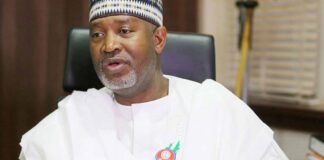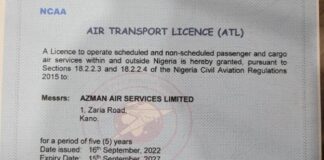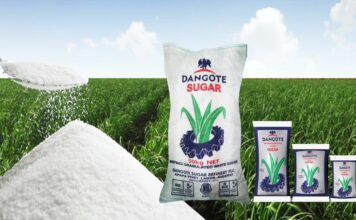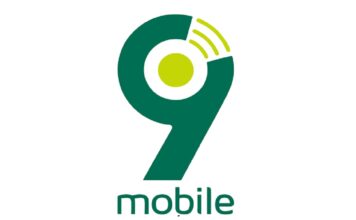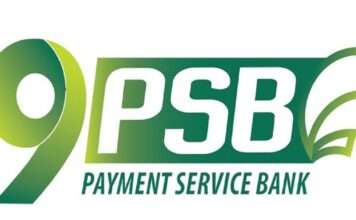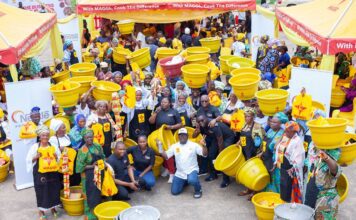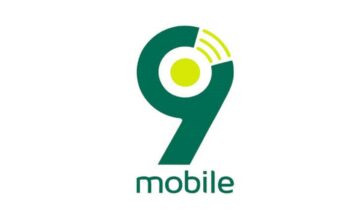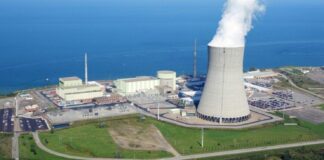Nigeria’s PMI Indicates Economic Recovery Underway, Albeit Slow
Following positive macroeconomic direction recorded in the fourth quarter of year 2020, analysts have explained that Nigeria’s purchasing manager index has shed light that economic recovery is underway, albeit slow.
Nigeria’s gross domestic products growth came tepid in the final quarter of fiscal year 2020 amidst pandemic-induced economic stress from recession.
In a review, experts at United Capital recalled that recently, the CBN in its Monetary Policy Committee (MPC) meeting communique, revealed Nigeria’s Purchasing Managers Index (PMI) for the months of January and February 2021.
According to the numbers, economic activities remained below the expansion threshold of 50 points during the survey period. Analysts noted this was true for the manufacturing and non-manufacturing, indices.
However, a month-on-month analysis indicated that both manufacturing and non-manufacturing economic activities improved significantly, from 44.9pts and 43.3pts in Jan-2021 to 48.7pts apiece in Feb-2021, United Capital observed.
The MPC communique had revealed that the employment level component of the Manufacturing and Non-manufacturing PMIs increased to 45.6 and 48.0 index points, respectively, from 44.2 and 45.0 index points in the prior month.
“Clearly, the weakness across the purchasing manager’s indices indicates that economic activities within the country are yet to recover to their pre-COVID-19 levels.
“Certainly, economic recovery is underway, considering the rebound in economic activities observed in Q4-2020 and the scale of reopening of the economy since the great lockdown of 2020”, United Capital experts said.
However, they noted the sub-50pts PMI reading between Jan-2021 and Feb-2021, foreshadows a muted growth outlook for Q1-2021, if history is anything to go by.
“For context, the manufacturing sector is heavily reliant on FX availability (but the FX market remain largely illiquid) and increased consumer welfare, which appear to still be in a puddle.
“Overall, our forecast for GDP growth in Q1-2021 is a mild year on year expansion at best, as seen in Q4-2020, considering the base-effect of Q1-2020 (+1.9% y/y), given”, it added.
In a related development, analysts explained that with the monetary policy decision, it appears a rate hike is closer.
Recalled that at the recent MPC meeting, majority of members voted to maintain status quo on all monetary policy tools, retaining the monetary policy rate (MPR) at 11.5%, CRR at 27.5%, Liquidity ratio at 30.0% and the Asymmetric corridor of +100/-700 around the MPR.
Analysts noted the committee’s decision to hold all policy parameters at current level is in a bid to create a stable environment to allow for stronger economic recovery, as the recessionary pressures facing the country remain.
“This appears to be the right thing to do considering the current macroeconomic vulnerabilities and fragile state of recent recovery”.
However, the last MPC meeting saw three members shift towards tightening monetary policy in bid to combat rising inflation.
United Capital said this begs the question of whether a rate hike is around the corner. Truly, while inflation numbers have been on a consistent rise over the months, the firm thinks as the 135th MPC communique rightly affirms, inflationary pressures are largely cost-push rather than demand-pull.
It added that the structural issues constraining food supply have driven food prices higher while increasing energy cost remains a significant contributor.
“Going forward, we believe the MPC will eventually tilt towards tightening monetary policy particularly if Q1- 2021 GDP numbers show sustained recovery from a recession.
“In addition, we note a hawkish monetary policy stance could drive improved FX flows and consequently improve exchange rate stability.
“That said, we express our reservation on the efficacy of a hawkish monetary policy on surging cost-push inflation driven by supply-side constraints and rising energy cost”, United Capital added.
Real GDP, according to the National Bureau of Statistics (NBS), recorded a growth rate of 0.11 per cent (year-on-year) in the fourth quarter of 2020, in contrast to -3.62 per cent in Q3 2020 and 2.55 per cent in the corresponding period of 2019.
The Q4-2020 performance, was a sharp rebound in contrast to the two previous quarters of negative growth (-3.62 per cent in the third quarter and -6.10 per cent in the second quarter).
The improved performance was driven by the non-oil sector, which grew by 1.69 per cent in Q4 2020 from -2.51 and -6.05 per cent in Q3 and Q2 2020, respectively. The major drivers were Quarrying and Other Minerals, which grew by 48.42 per cent and the ICT subsector, which grew by 17.64 per cent.
The oil sector, however, contracted further by -19.76 per cent in Q4 2020, from -13.89 and -6.63 per cent in Q3 and Q2 2020, respectively. This was attributed largely to the decrease in oil production in compliance with the OPEC+ production cut agreement.
The Committee noted the moderation in the Manufacturing, and non-manufacturing purchasing managers’ Indices, which, however, remained below the 50 index points in February 2021.
Despite this below the target point, it improved to 48.70 index points apiece, compared with 44.9 and 43.3 index points, respectively, in January 2021. The GDP growth in the fourth quarter of 2020 and expected recovery in Q1 2021, were signposted by this observed improvement in the
Nigeria’s PMI Indicates Economic Recovery Underway
The employment level index component of the manufacturing and nonmanufacturing PMIs improved moderately in February 2021 to 45.6 and 48.0 index points, compared with 44.2 and 45.0 index points, respectively, in the previous month.
MPC expressed some optimism that the legacy growth headwinds, attributed largely to the resurgence in infection rate of COVID-19 pandemic, may likely recede in the short-to-medium term.
It anchored this on successful deployment of the COVID-19 vaccines and the various stimulus packages to revamp the domestic economy are sustained.
The Committee noted with concerns the continued uptick in inflationary pressure for the eighteenth-consecutive month, as headline inflation (year-on-year) continued on an upward trend, to 17.33 per cent at end-February 2021 from 16.47 per cent in January 2021.
This increase continued to be attributed to the increase in both the food and core components of inflation which rose to 21.79 and 12.38 per cent in February 2021, respectively, from 20.57 and 11.85 per cent in January 2021.
Monetary Policy authority maintained that this persisting uptick in food inflation, however, was the major driving factor to the uptick in headline inflation.
Policy committee attributed this to worsening security situation in many parts of the country, particularly, the food producing areas, where farmers face frequent attacks by herdsmen and bandits in their farms.
While the CBN is intervening significantly in the agricultural sector, the rising insecurity in some food producing areas, is limiting the expected outcomes in terms of supply to the market, thus contributing to the rise in food prices.
The Committee further noted that the key drivers of the increase in core inflation included, the hike in the price of Premium Motor Spirit (PMS), upward adjustment in electricity tariffs and the depreciation of the domestic currency (naira).
NMA Appeals with FG to Respond to Doctors’ Requests
Nigeria’s PMI Indicates Economic Recovery Underway, Albeit Slow
